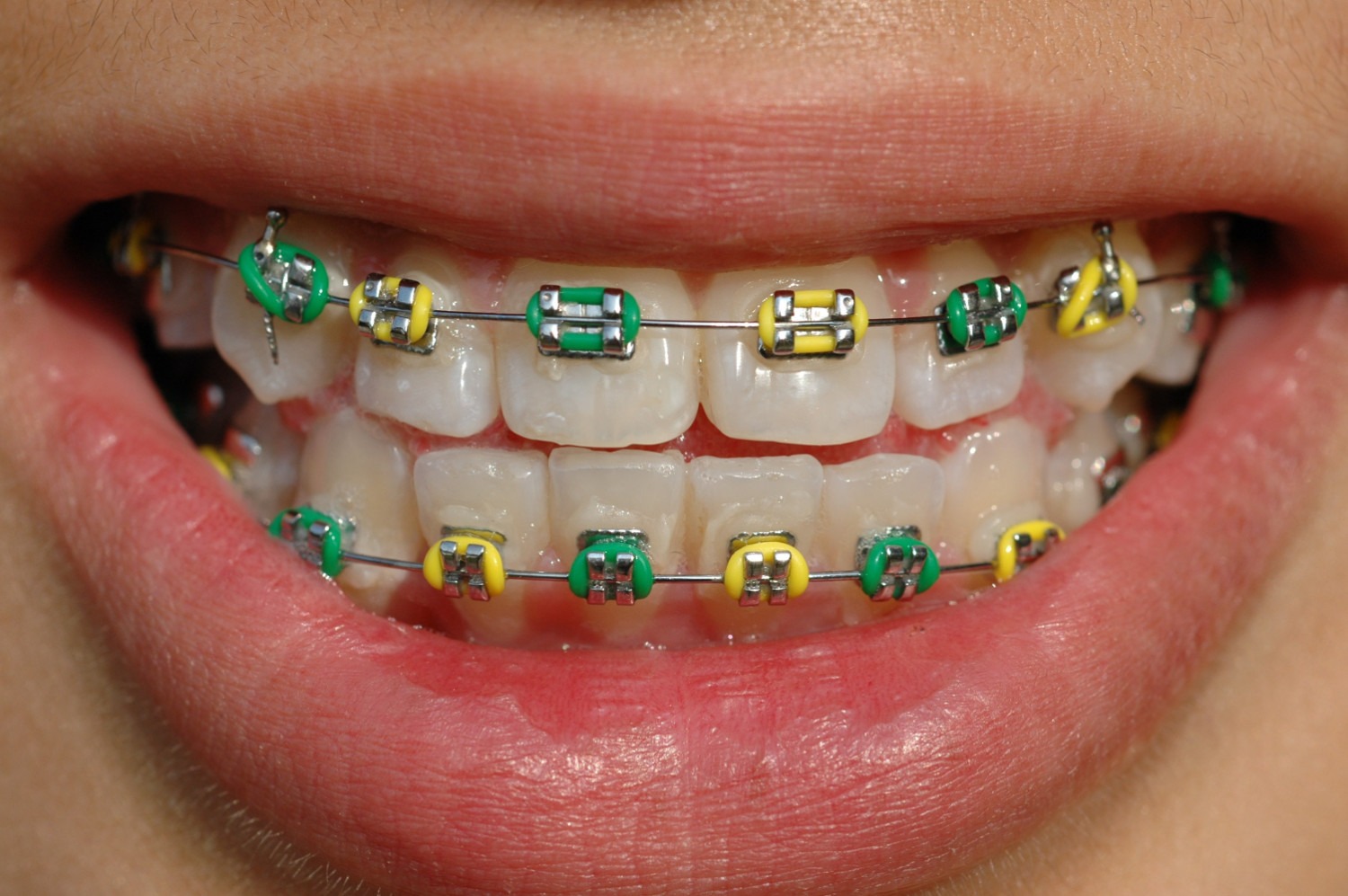Anyone who wears braces can tell you that this method of treatment comes with its fair share of challenges. From food restrictions to broken brackets to wires that poke at the inside of your mouth, traditional braces can take some getting used to. Rubber bands are another part of treatment that require a little patience, but like everything else associated with braces, they’re a necessary part of the process to give you a beautiful, healthy, and straight smile!
The majority of our patients at Rhoads Orthodontics will need to wear rubber bands at some point during their orthodontic treatment. These help to correct the alignment of their bite, reduce any overbites and underbites, and in some cases, open or close spaces. When these bands are worn as directed by Dr. Rhoads, they will play an important role in moving your teeth into new and improved positions. This will result in a smile that is aligned and functional, as well as improvements to your overall oral health.
Even though the end result is 100% worth it, we know that parts of the orthodontic process can be frustrating, especially if you don’t understand why you’re being asked to do something like wear rubber bands with your braces. It’s important to us that you feel fully informed and empowered by your treatment! We’re dedicated to doing all we can to make your orthodontic experience exciting and rewarding. If you’ve been asked to wear rubber bands full-time or part-time, we want to help you understand better why we use them with braces, how they work, and how they will benefit your smile. To learn more, keep reading below!
The role rubber bands play in orthodontic treatment
Traditional braces are one of the most effective options we have for aligning teeth and creating straighter smiles. Once the brackets have been glued to the teeth, force is produced by the set of wires that span from tooth to tooth. This force is what begins to move the teeth, and while it can successfully align the upper and lower sets of teeth separately, something must be connected between the arches to actually correct the bite. There are several options available for accomplishing this, such as headgear and springs, but the most common method is rubber bands, which may also be referred to as elastics.
Rubber bands tend to be the preferred method for several reasons, including:
- They are far more subtle than options like headgear, and clear or tooth-colored elastics can blend in nicely with your natural smile.
- Elastics are easy to remove and replace, which is an especially important feature since you’ll be doing both frequently.
- Their stretchy, flexible nature lets you maintain a full range of motion when engaging in everyday activities like talking, yawning, and chewing. This facilitates easier eating and brushing.
- Rubber bands are extremely versatile, and can be used to correct most types of bite problems, including overbites, underbites, open bites, and crossbites.
- Elastics are generally more cost effective than the other options available for bite correction.
The two types of orthodontic elastics
There are two different types of orthodontic elastics which are color ties and rubber bands. Color ties are the smaller of the two and fit around the brackets to hold the archwire in the slot. Color ties help to pull or push your teeth in the direction we want, as determined by the customized treatment plan Dr. Rhoads has created for you. Color ties also come in a variety of colors and they are replaced at each appointment. At Rhoads Orthodontics we have over 25 different colors to choose from!
The larger form of elastics are simply referred to as rubber bands, and can be placed in several different configurations to match the tensile force requirements of your mouth. The bands are also used to apply pressure on the jaw, assisting it in achieving the proper alignment for your bite. The most common configurations are top-to-bottom and iter-arch configurations.
How rubber bands work in orthodontics
Ligatures, archwires, and brackets are used to move the teeth along the gumline, but rubber bands help pull the dental arches backward or forwards to line up the bottom and top rows of teeth correctly. This process begins by placing a bracket with a hook along the right and left sides of your bottom and top teeth. Rubber bands are then attached to these hooks on each side of the mouth. The amount of tensile force required to correct your issue will determine the angle at which these bands are placed, and the ultimate result will be teeth that fit together more comfortably, producing an improved smile. The rubber bands also play an essential role in speeding up the orthodontic process. However, this will rely on you wearing the elastics exactly as directed by Dr. Rhoads.
Using rubber bands correctly
For maximum effectiveness, most patients will be advised to wear their rubber bands constantly, taking them out only to brush, floss, put new bands in, and sometimes to eat. Taking the bands off while you are sleeping is not recommended, and we discourage any doubling up of bands. Though you may think it will speed treatment up, the opposite is true. It can actually slow things down by potentially damaging the roots.
It’s very common to experience some slight soreness in your mouth, teeth, and jaws the first few days you wear rubber bands, but it’s important to keep them in as directed. When you wear your elastics incorrectly, it will not only make your teeth more resistant to moving and slow down your treatment progress, it can also keep your teeth constantly sore by never giving them the chance to get used to the rubber bands.
Every time you take a band out, you should discard it and put on a new one. Depending on your specific case, your daily activities, and the strength of the elastic, you may find yourself replacing bands multiple times each day, so be sure to always have a pack of bands on you!
Keep your treatment on track with Rhoads Orthodontics
Wearing rubber bands with your braces is an important part of the treatment process, as they play an essential role in moving your teeth into the correct alignment necessary for optimal results. Dr. Rhoads and the rest of our team are committed to helping you through the orthodontic process. If the time has come for you to wear rubber bands with your braces, we’re here to help you with any questions or concerns you have, or to provide some extra encouragement if you need it! Always remember that this part of your orthodontic journey won’t last forever. Before you know it, you’ll have the beautiful smile you’ve worked so hard for and this will all be worth it!


